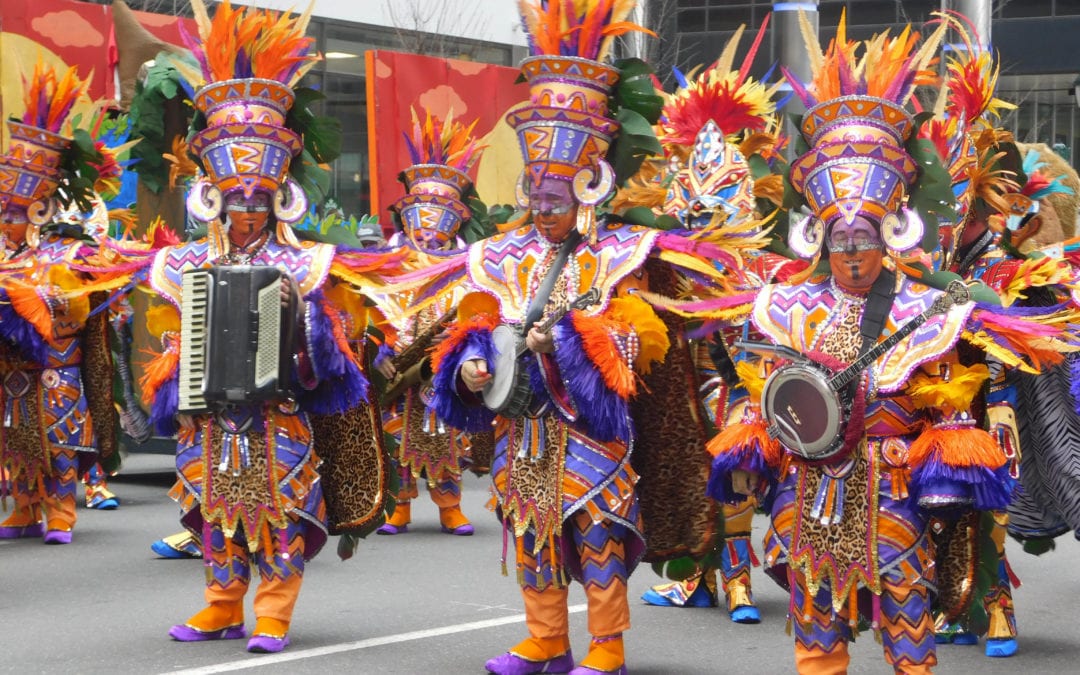Creolization in Dutch-speaking
String bands
Across the 19th century, string bands started to appear in the Caribbean, with regional variations. The groups who played European dance music at upper-class house parties and balls gave rise to string bands. The early years frequently featured the participation of enslaved domestic workers, whose participation helped blend Caribbean rhythms and playing techniques with European songs and instruments. The mixture of instruments and repertoire of a string band is adapted to the one-of-a-kind issue on its native island. For instance, the quelbe of the United States Virgin Islands called “fungi” on the British Virgin Islands is the local incarnation of a string band on those islands (Gangelhoff, 2019, pg. 182). String bands play musical support to a range of social and festive occasions on several islands. For the Christmas season, string bands appear on some.
A violin, guitar, banjo, or some mixture of those appliances, along with a number of percussion instruments, are frequently utilized in string groups. Any of the numerous native Caribbean drums, as well as discrepancies of shaken instruments like maracas or scraped instruments like a wiri or güiro, can be seen as percussion instruments. On many islands, homemade or improvised instruments old tools or car parts that are struck with a piece of metal appear in the percussion section (Gangelhoff, 2019, pg. 182). The genre was replaced by country music in the 1930s and bluegrass music in the 1940s east of the Mississippi. West of the Mississippi, at the same time period, Western musicians continued to play in the acoustic style of the bands.
The incredible string band - Youtube
I chose this video because it is probably one of the most beautiful pieces of music I've ever heard. I know it has a lot of rawness in it and that's what makes it so unique in my opinion. The first time I listened to it was today. Being so far from nature right now, hearing this is like getting your shoes off and submerging your feet in some cold water. They were such a talented band of musicians and songwriters.
Bari music
The Wapa dance or bari dance is another element of Simadan. The tambu that plays with the dance is known locally as bari. Lyrics to bari songs are often, much like in a calypso, forms of social commentary, satire, and sport (Gangelhoff, 2019, pg. 197). The Simadan culminates the 30th of April with the celebration of the Dia de Rincon, the biggest festivity of Bonaire. It starts at 7 in the morning with a thanksgiving mass in the town's Catholic Church followed by a flag-raising ceremony. With these formal commemorations out of the way nice and early, Rincon Day gives way to a more carnival atmosphere with lots of eating, drinking, singing, and dancing. The highlight is the traditional Simadan parade, which makes its way through the town in the afternoon.
References
(2019). https://www.mrmummer.com/wp-content/uploads/2019/01/MrMummer-45-1080x675.jpg
Bari traditional dance. Retrieved from Youtube.com
En Avant half-day program. (2018). https://www.wapa.dance/half-day-dance
The incredible string band. Retrieved from Youtube.com


Comments
Post a Comment